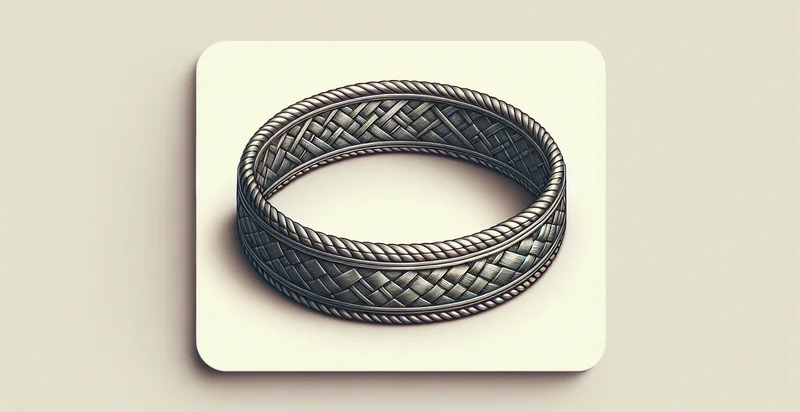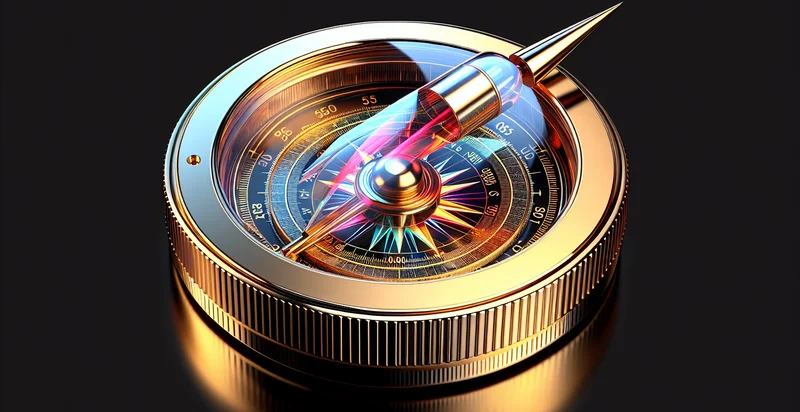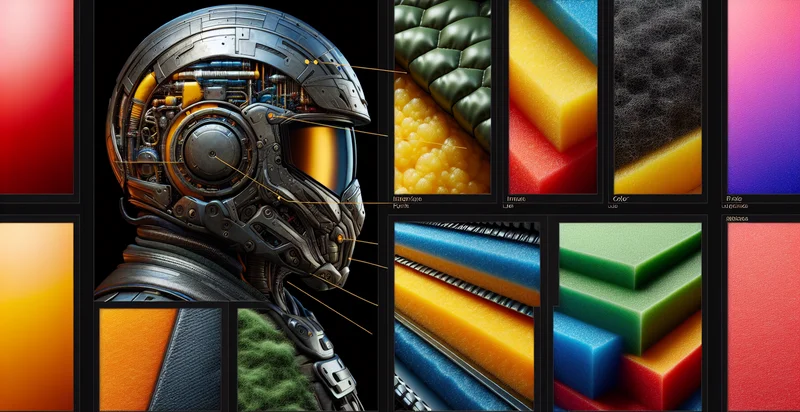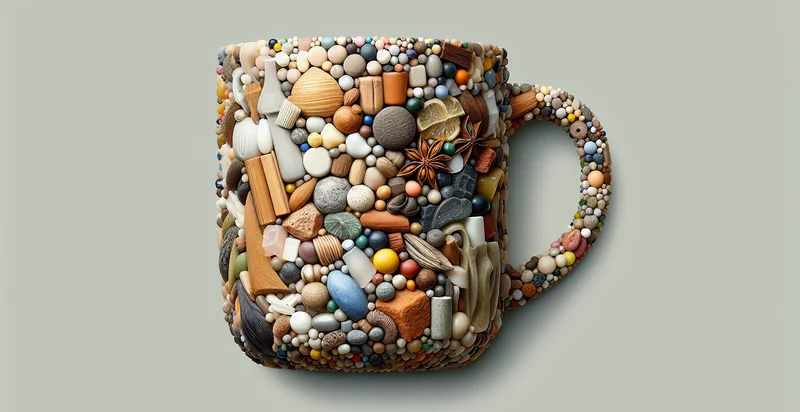Identify what material a bracelet is made from
using AI
Below is a free classifier to identify what material a bracelet is made from. Just upload your image, and our AI will predict what material a bracelet is made from - in just seconds.

Contact us for API access
Or, use Nyckel to build highly-accurate custom classifiers in just minutes. No PhD required.
Get started
import nyckel
credentials = nyckel.Credentials("YOUR_CLIENT_ID", "YOUR_CLIENT_SECRET")
nyckel.invoke("what-material-a-bracelet-is-made-from", "your_image_url", credentials)
fetch('https://www.nyckel.com/v1/functions/what-material-a-bracelet-is-made-from/invoke', {
method: 'POST',
headers: {
'Authorization': 'Bearer ' + 'YOUR_BEARER_TOKEN',
'Content-Type': 'application/json',
},
body: JSON.stringify(
{"data": "your_image_url"}
)
})
.then(response => response.json())
.then(data => console.log(data));
curl -X POST \
-H "Content-Type: application/json" \
-H "Authorization: Bearer YOUR_BEARER_TOKEN" \
-d '{"data": "your_image_url"}' \
https://www.nyckel.com/v1/functions/what-material-a-bracelet-is-made-from/invoke
How this classifier works
To start, upload your image. Our AI tool will then predict what material a bracelet is made from.
This pretrained image model uses a Nyckel-created dataset and has 21 labels, including Acrylic, Beads, Bronze, Ceramic, Cotton, Fabric, Glass, Gold, Leather and Metal.
We'll also show a confidence score (the higher the number, the more confident the AI model is around what material a bracelet is made from).
Whether you're just curious or building what material a bracelet is made from detection into your application, we hope our classifier proves helpful.
Related Classifiers
Need to identify what material a bracelet is made from at scale?
Get API or Zapier access to this classifier for free. It's perfect for:
- Material Verification: This function can be used by jewelry retailers to verify the material of bracelets being sold. It enhances trust between sellers and customers by ensuring that the materials claimed are accurately represented, preventing false advertising.
- Quality Control: Manufacturers can implement this function in their quality assurance processes to check whether the materials used in the production of bracelets match the specifications. This reduces the risk of defects and maintains product integrity.
- Fraud Detection: Online marketplaces can utilize this function to detect counterfeit or misrepresented bracelets by analyzing images uploaded by sellers. It helps maintain a fair selling environment and protects consumers from fraud.
- Inventory Management: Retailers can incorporate this function in their inventory management systems to categorize bracelets based on materials automatically. This facilitates better tracking, reporting, and merchandising strategies based on material types.
- Custom Jewelry Design: Jewelry designers can use this function to identify materials from different sources and incorporate them into custom designs. This helps in achieving specific aesthetic and durability goals while allowing designers to communicate material choices clearly.
- E-commerce Enhancement: E-commerce platforms can apply this function to enhance product listings by providing detailed material analysis for bracelets. By offering consumers more information about their purchases, it can increase customer satisfaction and reduce return rates.
- Research and Trend Analysis: Researchers and trend analysts can use this function to collect data on the materials used in bracelet designs over time. Analysis of this data can reveal market trends, consumer preferences, and emerging material innovations in the jewelry industry.


